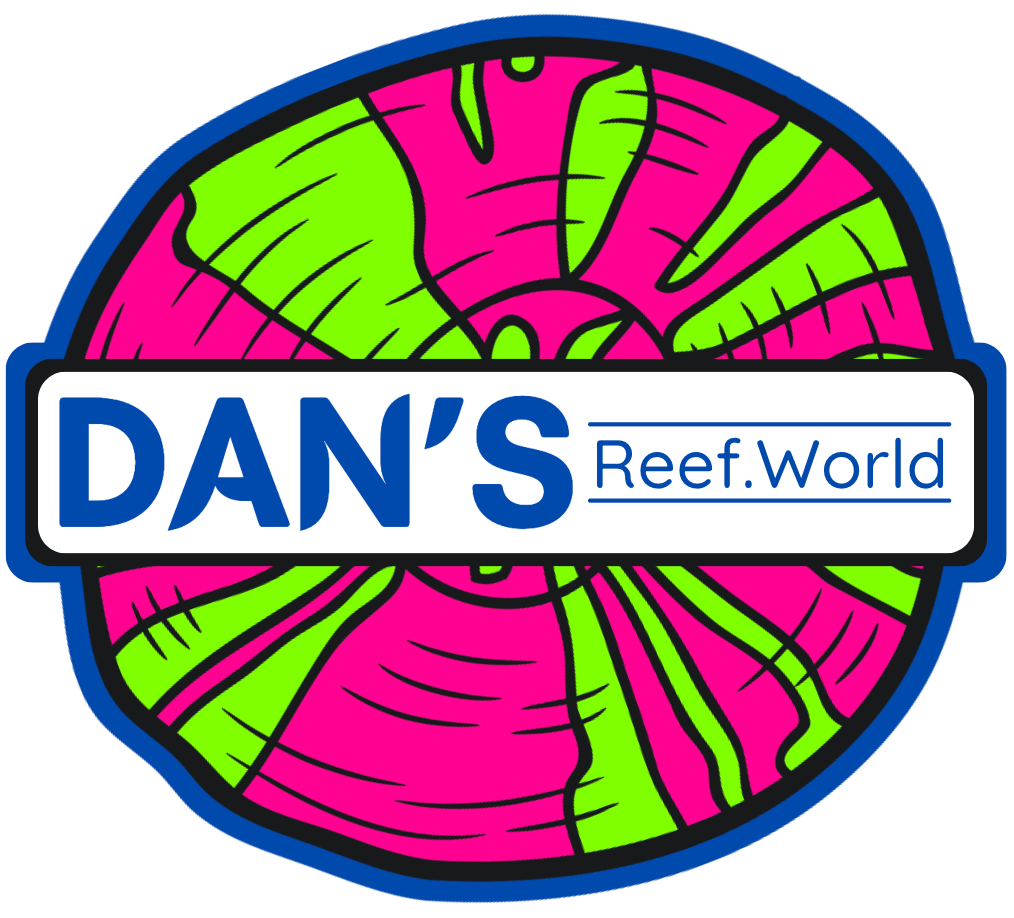Intro - Family Astrocoeniidae
Coral reefs are teeming with life, serving as vibrant ecosystems that support countless marine species. Among the myriad families of coral that contribute to this biodiversity, the Astrocoeniidae family stands out for its unique characteristics and ecological importance. In this blog post, we’ll explore the defining features of Astrocoeniidae corals, their roles within reef ecosystems, and the conservation efforts needed to protect them.
-
Astrocoeniidae is a family of corals known for their distinctive encrusting and branching forms. These corals are often found in shallow waters, where they thrive in the sunlight-rich environment of coral reefs. Some of the most notable genera within this family include Astrocoenia and Agaricia, which display a variety of growth patterns, from flat plates to delicate branches.
-
Astrocoeniidae corals are recognized for their fascinating morphology. Many species exhibit small, closely spaced polyps that give them a textured appearance. Their color ranges from muted browns and greens to vivid hues, thanks to the symbiotic relationship with zooxanthellae—algae that provide essential nutrients through photosynthesis.
-
One remarkable feature of Astrocoeniidae corals is their ability to adapt to various environmental conditions. While most corals prefer stable habitats, some species within this family can tolerate fluctuations in temperature and light, making them resilient contributors to reef ecosystems.
-
Astrocoeniidae corals play a significant role in the health of coral reefs. As reef builders, they contribute to the complex structure that supports a diverse array of marine life. Their encrusting forms create niches for various organisms, including fish, crustaceans, and invertebrates, enhancing biodiversity within the reef.
These corals also play a role in sediment stabilization, which is crucial for maintaining the integrity of the reef ecosystem. By binding sediments together, Astrocoeniidae corals help prevent erosion and promote a healthy environment for other marine species to thrive.
-
Despite their importance, Astrocoeniidae corals face numerous threats. Climate change is a significant concern, as rising sea temperatures can lead to coral bleaching and decreased resilience. Ocean acidification, resulting from increased carbon dioxide levels, poses further challenges, as it impairs the corals' ability to form calcium carbonate structures.
-
Additionally, pollution from coastal development and agricultural runoff can lead to poor water quality, which adversely affects coral health. Overfishing and destructive fishing practices also disrupt the balance of reef ecosystems, putting further strain on these vital corals.
-
Conserving Astrocoeniidae corals requires a multifaceted approach. Marine protected areas (MPAs) are essential for safeguarding these corals and their habitats from human impact. Restoration initiatives that involve coral propagation and transplantation are also gaining traction, aiming to revive damaged reefs and bolster coral populations.
-
Education and community engagement are crucial in conservation efforts. By raising awareness about the importance of coral reefs and the challenges they face, we can encourage sustainable practices that protect these ecosystems. Supporting organizations dedicated to marine conservation and advocating for responsible coastal development can also make a difference.
-
The Astrocoeniidae family of corals is a vital component of the complex tapestry that makes up coral reefs. Their unique forms, ecological roles, and resilience highlight the importance of protecting these incredible organisms. As we confront the challenges posed by climate change and human activities, it is essential to prioritize the conservation of Astrocoeniidae corals and the habitats they support. Together, we can ensure that these remarkable corals continue to thrive and contribute to the health of our oceans for generations to come.




